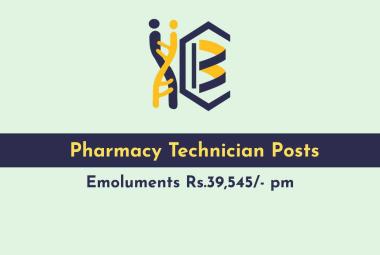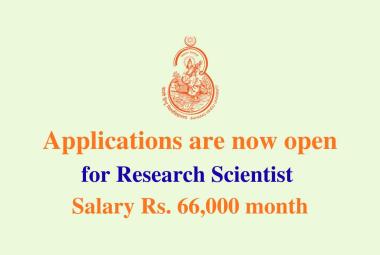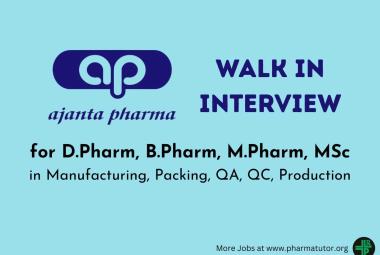Effect of Adrenaline
Heart:
It is act on β1 receptors of heart. It increases slope of slow diastolic depolarization of SA node. It activates SA node & latent pacemakers in AV node and purkinje fibre.
It causes arrhythmias at high dose that raise BP markedly. Raised BP reflex depresses SA node. Anaesthetics sensitize the heart to arrhythmic action of adrenaline.
Due to Adr force of contraction increases leads to development of tension. So relaxation period is also increases which shorten systole than diastole. So oxygen consumption capacity and cardiac output is also increases.
Conduction velocity is also increases so partial AV-block overcomes. Refractory period of all cells decreases.
Raised BP reflexes bradycardia due to stimulation of vagus by carotid sinus compression.
Blood Vessels:
Main effects of adrenaline exerted on smaller arterioles and precapillary sphincters although veins and large arteries also respond to the drug. It constricts vessels of skin & mucus (mucous) membrane.
It dilates BV of skeletal muscles. Thus net results of this is, decrease in the peripheral resistance.
Adr can’t give in the hypotensive state. As it is raise systolic BP by its cardiac action but it decreases diastolic action by its peripheral action.
BV contain both α1 & β2 receptors. Adr have more affinity to α1 for short period of time which causes vasoconstriction and increase in BP. After action on α1, it acts on β2 receptors for long period of time causing vasodilation and decrease in BP. This type of response is called as biphasic response.
If a α-blocker (ergotoxin) is given, it leads to decrease in BP. Called as DALE’S vasomotor reversal.
In cerebral arteries doesn’t have marked effect due to autoregulatory mechanism which limit the increase in cerebral blood flow.
High concentration of Adr leads to pulmonary edema. This is because of elevated pulmonary capillary filtration pressure.
Blood Pressure:
It depends upon dose, route of administration & on the amine. NA increase systolic, diastolic and mean BP. It doesn’t have β2 action so no vasodilation and peripheral resistance increase consistently due to α action.
Isoprenaline increases in systolic but decreases in diastolic BP. The mean BP generally falls.
Mean BP = diastolic BP + 1/3 (systolic – diastolic BP)
In normal individual BP is 120/80 mmHg, mean BP: 93.33
CO = HR . SV
CO = mean BP/ R => Mean BP = CO . R
If Adr is given rapidly by i.v route, it increases BP proportional to dose. It causes increase in systolic pressure is greater than diastolic pressure, so pulse pressure (difference between systolic & diastolic pressure) is also increases. This occurs due to α receptor response predominant and vasoconstriction occurs also at skeletal muscle. (Increase in BP by 3 mechanism: myocardial stimulation, increase HR and vasoconstriction in most of the body.)
When Adr is given by slow i.v infusion or s.c route, it causes increase in systolic pressure due to cardiac contractile force and increase in CO but decrease in diastolic pressure due to β2 receptors of skeletal muscle causing vasodilation. So Mean BP is decreased.
Respiration:
Adr and isoprenaline are powerful bronchodilator not NA.
This effect is more marked in asthma (bronchoconstriction). Adr given by aerosol additionally decongests bronchial mucosa by α action and inhibition of mast cell secretion by β2 action. The mast cell secretion, autocoids causes bronchoconstriction and Adr antagonized to this substances. (Bronchial asthma produced due to vagal stimulation, choline-esters, histamine or Ag-Ab interaction, bradykinin, leucotrienes or prostaglandin F2α which are antagonized by Adr)
Rapid i.v infusion of Adr causes transient inhibition of respiratory center causes apnoea for some time. More dose causes pulmonary edema.
GIT:
Adr relaxes smooth muscles of the gut and reduces its motility (Due to α and β receptors).
Stomach relaxed and contraction of pyloric and ileocecal sphincter but it depends upon pre-existing tone of muscle. (If tone is high, it causes relaxation and if tone is low, it causes contraction.)
Uterus:
It can contract and relax depends upon phase of sexual cycle, state of gestation and dose.
Nonpregnant: Human-contraction Rat- relaxation
Pregnant : Human- relaxation Rat- relaxation
Bladder:
Adr relaxes detrusor muscle (β receptors) and contracts trigone and sphincter (α-agonist activity). This cause hesitation in urination and may contribute to retention of urine in bladder.
Eye:
Mydriasis is readily seen during sympathetic stimulation but not when epinephrine is instilled in to conjuctival sac of normal eyes, (poorly cross the cornea.)
It decreases intra-ocular pressure, the mechanism of this is not known but due to decrease production of aqueous humor due to vasoconstriction.
Other smooth muscle:
Pilomotar muscles of hair contracts by adrenaline leads to erection of hair.
Contraction of splenic capsule causes release of erythrocytes in to the peripheral circulation.
Metabolic effect:
It causes hyperglycemia, hyperlactacidemia and lipolysis.
In liver & muscle, glycogen phosphorylase is activated which causing glycogenolysis while glycogen synthetase is inhibited. Both lead to hyperglycemia and hyperlactacidemia. Also gluconeogenesis is increased.
K+ is first released from liver which leads to hyperkalaemia followed by prolonged hypokalaemia due to K+ uptake in muscle and liver itself.
In adipose tissue triglyceride lipase increases plasma free fatty acids. So, it causes increase oxygen consumption and heat production (thermogenesis), mainly by brown adipose tissue tissues by β3 receptors.
In pancreatic islet,
β2 receptors on α cell=> increase glucagons secretion.
α2 receptors decrease cAMP=> decrease insulin release; which also leads to hyperglycemia.
CNS:
Adraniline can not enter in CNS due to poor permeability through BBB.
I.V or S.C route leads to excitant, vomiting, headache, apprehension, restlessness.
Sp link: Differences Between Adrenaline, Ach & Atropine









